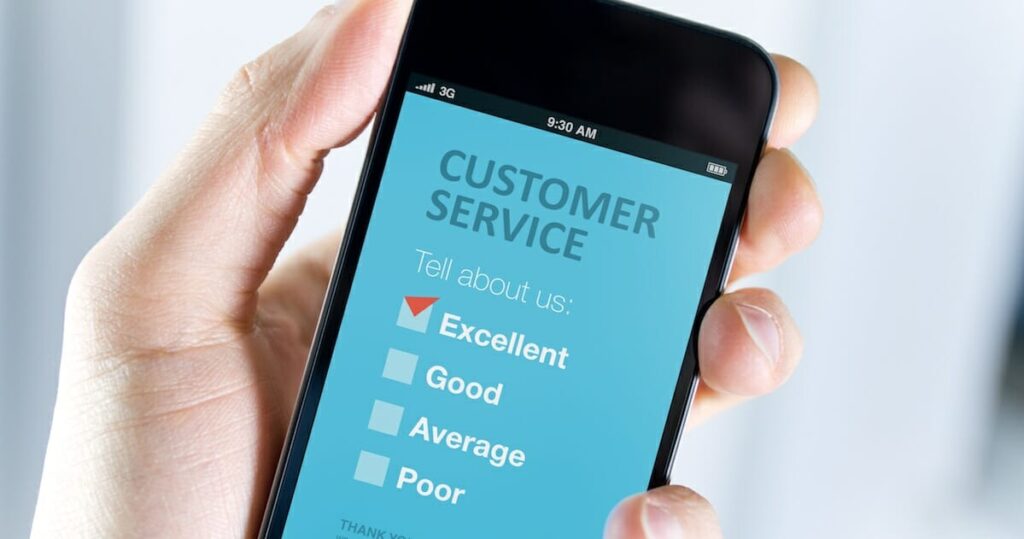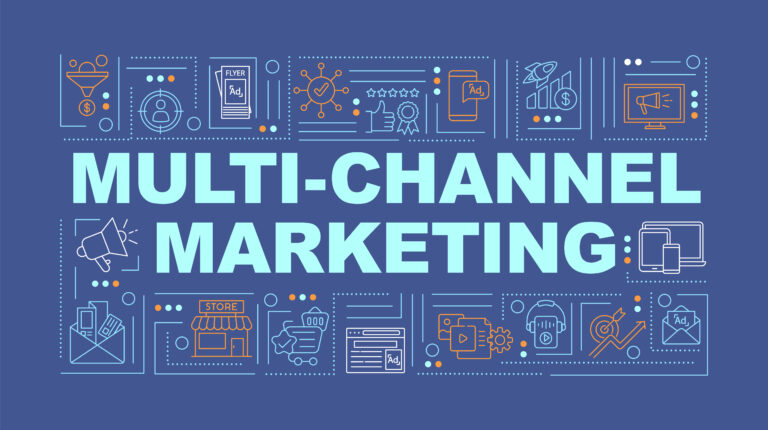“The customer is always right” is a trope that is a staple of business models across many industries. It is a rule of thumb many businesses abide by; one that can be met with some disdain by employees, but can be used to build great relationships. As businesses and practices grow, this statement is the foundation for handling agency-client relationships successfully.
But what exactly does this mean, you ask? White Glove Treatment simply means handling your client’s needs with exceptional care and attention. The most important aspect of giving a client the White Glove Treatment is communication. Any hiccup in communication can send ripples through the client relationship that can be difficult to correct. That said, we’ve outlined two key ways to ensure you are delivering the White Glove Treatment. Can you guess what the first one is? You guessed it – communication!
Communication
Communication is paramount in terms of giving a client the White Glove Treatment. During the beginning stages of your project make sure to feel out the client’s communication preference. Does he or she prefer to get a phone call versus receiving updates through email? Is the client difficult to pin down and better served through emails? Do you have a client who prefers to be able to instantly connect with you through an instant messaging service like Slack?
Over-communicating is always better versus leaving a client wondering what’s going on. If you ever run into any ambiguity in the client’s preferential method, err on the side of caution and make sure to keep the client in the know.
Regardless of the communication preference, a good practice to get into is to follow-up with a recap email. This will give a “paper trail” of communications and quick reference for project discussions and milestones.
Expectations
A qualifier for giving a client the White Glove Treatment is expectation-setting. Making sure you lay out and set all expectations at the beginning is critical, preferably during a face-to-face meeting. During this meeting, outline not only how you will handle milestones throughout the project, but timeframes for communication as well. For example, when the client sends an email, you have a 24-hour response time. If they email with a request, you give a resolution within 48-72 hours. Project deliverables are handled within one business week, revision requests are complete within 3 business days and so on. Set these timeframes realistically for your team and find out what works best for the client’s project timeline.
Outlining all communication types and project deliverables at the very beginning of the relationship will help layout a roadmap for the success of the project. When this kick-off meeting happens, be sure to come to an agreement with the client as to when they can expect responses from you, and how quickly you need responses from them.
Conclusion
Giving a client the on-going service and treatment they are looking for will build a foundation for more than just a working relationship. You will create a lasting partnership. Taking extra care to communicate clearly and define expectations will ensure they receive the White Glove Treatment they deserve. With that said, take the time to show your clients that they are important and in turn, they will be happy to continue their partnership far beyond just your current project.








